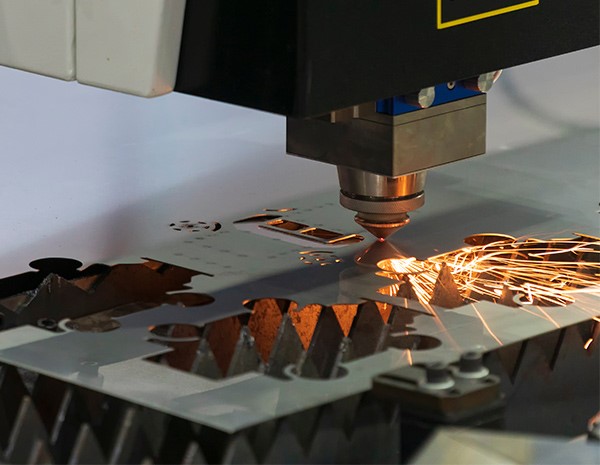
Sheet metal fabrication is the most established production process in China to produce sheet metal parts. This fabrication involves various techniques like cutting, bending, punching, and forming. Once a sheet metal part is produced, you might need to consider sheet metal finish options depending on the use and other factors.
Applying a finish on a sheet metal process is a post-processing stage which is not a requirement but might be desired for many sheet metal products. For instance, aluminum sheet metal finishes are crucial to ensure higher durability and corrosion resistance.
You can choose from a variety of sheet metal finishes for modern-day sheet metal fabrication projects. However, choosing a finish is not easy because it is not just for aesthetic purposes. A finish plays a greater role than making a part appealing. So, we have created this guide for you so that you know the different sheet metal finishes options available.
Different Sheet Metal Finishing Options for a Sheet Metal Fabrication Project
Anodizing
Anodizing is a common finishing solution only used for aluminum and titanium sheet metal parts. This electrochemical technique creates a corrosion-resistant layer on the surface of the sheet metal part. It is available in three forms:
· Type I Anodizing - use chromic acid to create a thin layer of metallic finish on sheet metal parts
· Type II Anodizing - use sulfuric acid to produce a stronger corrosion-resistant layer on the surface of a sheet metal part
· Type III Anodizing - also called hard-coat anodization, it is meant to produce a thicker metal finish that is corrosion resistant and wear-resistant as well
Why Anodizing?
· No risk of adhesion failure, chalking, or fading
· Provides excellent resistance from corrosion and abrasion
· Produces UV stable and irremovable sheet metal finish
What are the downsides of anodizing?
· Compatibility with fewer metals
· Hard to replicate consistency
Powder Coating
Available in a wide range of colors, powder coating seems more like an aesthetic finishing solution; however, it also creates a strong layer that is resistant to corrosion and wear. It is considered a superior option to the traditional painting solution because it creates a stronger layer outside the component. It is also available in different variations, such as glossy, semi-glossy, flat, metallic, and textured.
Why Powder Coating?
· Remarkable corrosion and abrasion resistance
· No need to worry about failure of adhesion, chalking, or fading
· Non-toxic, less flammable, and long-lasting
· Compatible with virtually any type of sheet metal
What are the downsides of powder coating?
· Cannot mix powder to achieve different shades
· Can be expensive depending on the color, finish, and part geometry
Electroplating
Electroplating is another popular sheet metal finishing process in which the sacrificial metal on the anode position is deposited on the sheet metal part on the cathode position. Sacrificial metal is the one that gets deposited on the desired metal or part. You have several options for the electroplating material (sacrificial metal), such as tin, nickel, and electroless nickel, and each choice provides a different combination of properties.
Why electroplating?
· Stronger resistant to corrosion and abrasion
· Improvement in conductivity
· Reduces friction on the surface
· Compatible with any type of sheet metal
What are the downsides of electroplating?
· Can be expensive than other finishes
When you get in touch with a reputable company for your sheet metal fabrication in China, you will be offered a wide range of sheet metal finishes. If you have any doubts about which finish is better for your sheet metal parts, the company will also provide expert advice to help you make the right choice.
















